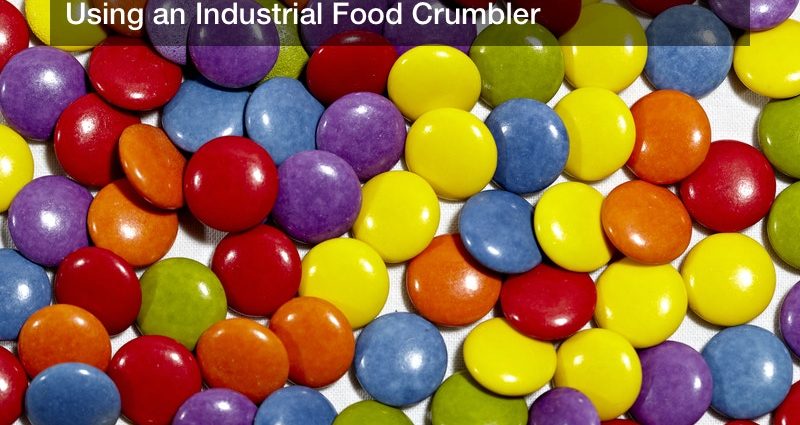
Some food items require some machinery to create the right consistency, texture, or particle density for the food items being prepared, such as the crumbled goods used in cobblers or similar baking, and for preparing these ingredients, crumblers, tumbling drums, or another type of food crusher or even vibratory screeners may be used. Often, crumblers and tumble drums are used at food processing plants on an industrial scale, and crumblers can produce a lot of finished goods per day or week to meet demand by grocers. What are some statistics about crumblers and tumble drums? What kind of results might they produce?
Tumble Drums and Their Work
Tumble drums may be often used to help sort and filter food products before they are considered finished. Most often, their dimensions are 18 to 36 inches for the diameter, and their length may be anything from 18 to 42 inches, based on how much food must be processed or what type, and most often, the diameter will have a smaller measure than the length of the tumble drum. Horizontal barrel speeds for these drums are typically 20 to 38 RPM, and the RPM may be dictated by the barrel size and the type of food being processed in it. Tumbling may take six to 24 hours to complete, based on the amount of material being removed from food parts, and where dry tumbling is concerned, tumble speeds are usually between 28-32 RPM. Dry tumbling will also typically involve a horizontal octagonal barrel with a metal skin, and it will also have a hardwood lining that may need to be replaced every so often. The standard size for such barrels is a 30″ diameter and a length of either 36″ or 42″, depending on what is being tumbled inside.
Crumblers
Crumblers are often similar to crushers, and they are used for both edible and non-edible materials alike. Most often, rotary crushers are built with shaft impactors in them to create a great deal of force. Food processing and recycling of other materials is possible with such devices, and their size reduction ratio can be calibrated to such configurations such as 10:1 and 25:1. Rotary speeds of crumblers and crushers, meanwhile, may vary from 85 to 1,200 RPM, and models can be customized with different hammer sets to allow the machine to work with different types of materials.
Crumblers, screens, tumblers, and more will require maintenance sometimes, and if particles get jammed in the machinery or if the motor wears out, the device may need repair or even replacement if they are completely worn out or badly damaged, an an older model can be replaced with a newer one when needed. A food milling plant or plastic recycling plant’s staff and managers can browse the wholesale market for new parts of entire new machines whose function and dimensions fit their needs, and once the new hardware is installed, work can begin. And every so often, a crew may want to hire professionals to inspect a tumbler, vibration screen, or crumbler for any potential problems ranging from warping to wearing out components, and suggestions for repair or replacement can be made.
